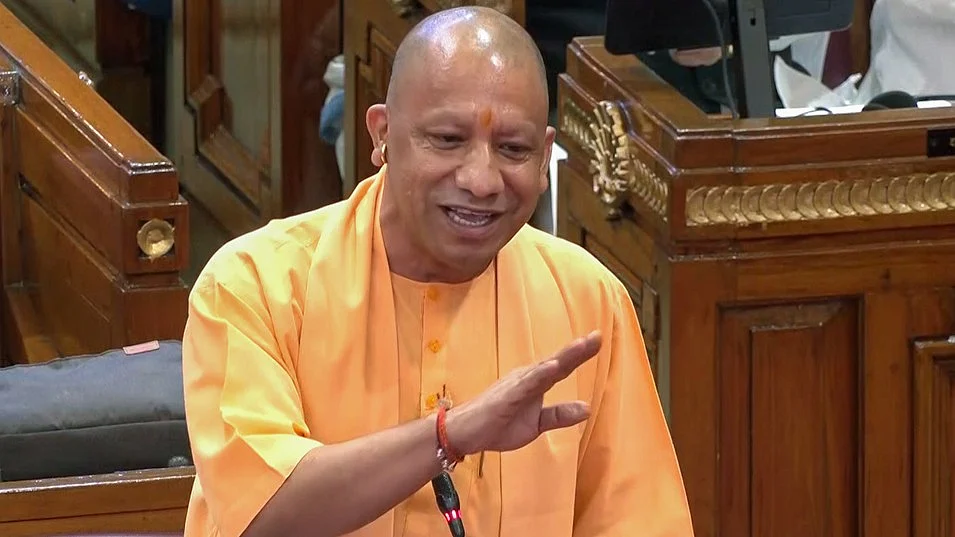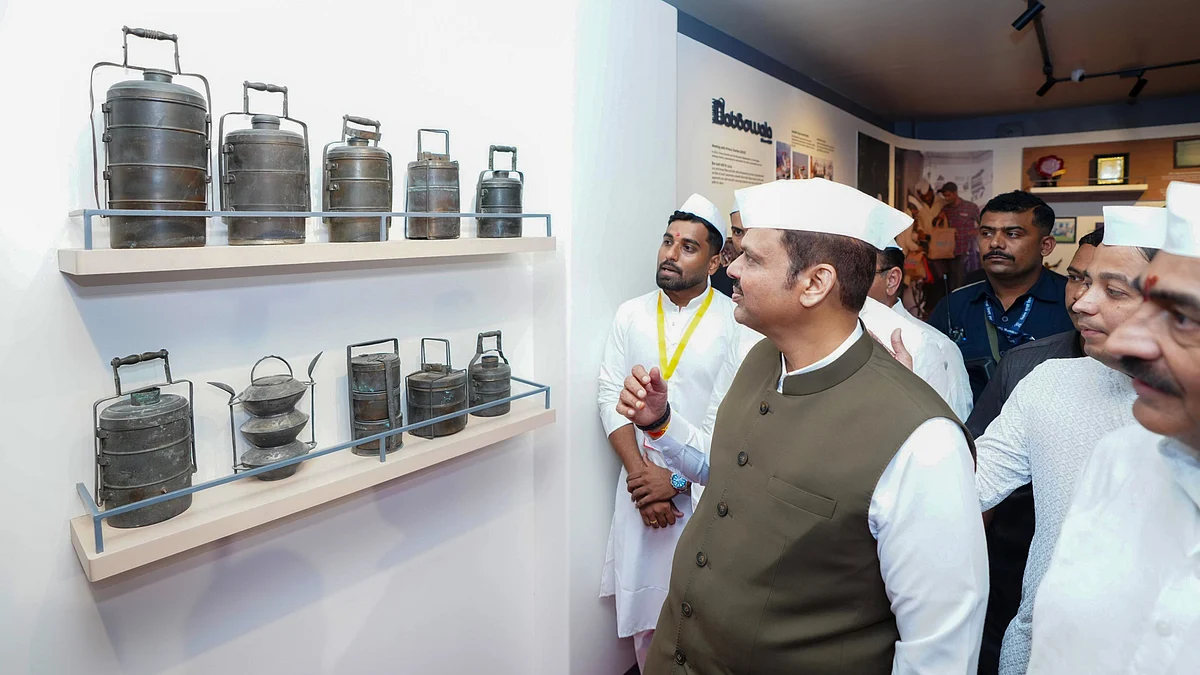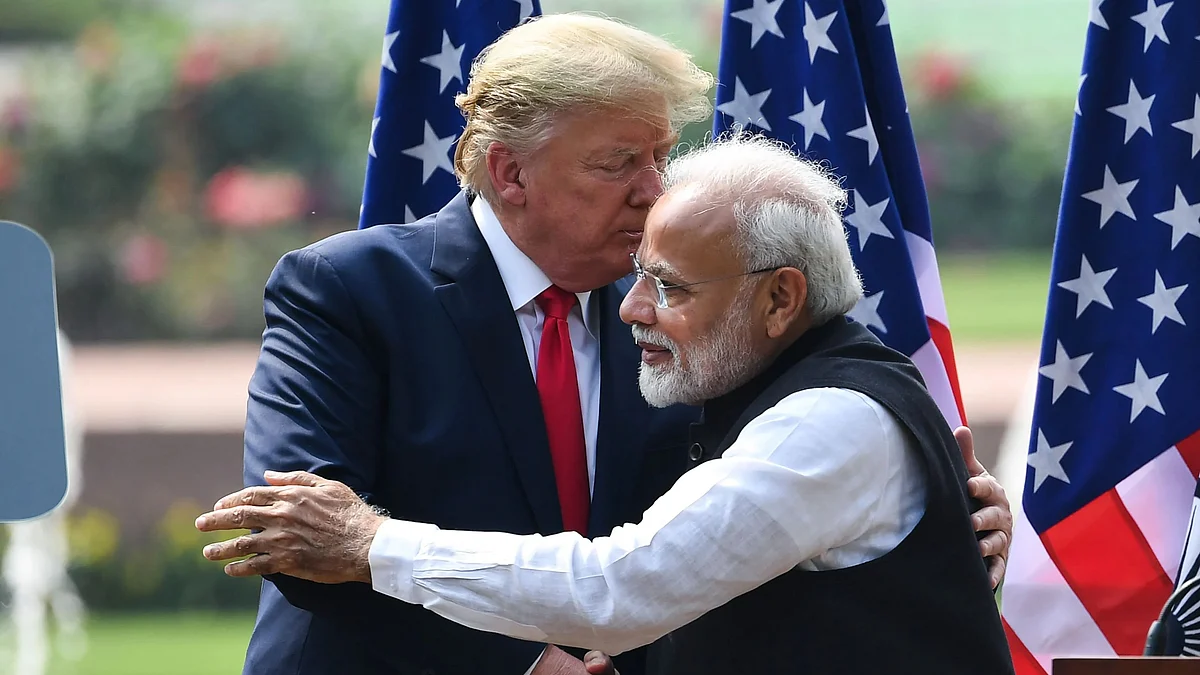As India stands poised to celebrate its 79th Independence Day on August 15, 2025, it is time not only to commemorate the past but to earnestly look ahead. With just 75 years left until the dawn of the 22nd century, India must begin crafting a roadmap that is as bold in vision as it is grounded in reality. While we may pride ourselves on our demographic dividend, growing digital economy, and expanding geopolitical clout, the next leap must be one of transformation, not complacency.
India’s ambitions to be a global superpower cannot rest solely on the achievements of the past or present. The future demands recalibration of national priorities. If we are to lead—not just participate—in the 22nd century, we must begin with honest introspection and long-term investment in key areas: education, climate sustainability, technology, governance reform, public health, and social cohesion.
Education for a Disrupted Future
India’s youth are often cited as its greatest asset, but this demographic dividend can become a liability without radical education reform. As AI, robotics, and quantum computing redefine jobs, India needs a ‘skills-first education system’ that moves beyond rote learning and obsolete curriculums.
In the next 75 years, schools and universities must focus on critical thinking, creativity, ethical reasoning, and adaptability. Vocational training, multilingual digital platforms, and AI-driven learning tools must become central to policy. Investing in teacher training and rural education infrastructure should be treated as an emergency mission.
Climate Leadership, Not Just Compliance
The climate crisis is no longer a distant threat—it is an existential one. India is among the countries most vulnerable to climate change, yet also has one of the largest carbon footprints due to its dependence on coal and rising energy demands.
The 22nd century will not forgive delay. India must become a climate innovator, not merely a follower. It must accelerate its transition to renewables, invest in green hydrogen, reforestation, climate-resilient agriculture, and urban sustainability. Coastal cities need urgent climate-proofing, and water governance must move from rhetoric to robust execution.
Technological Sovereignty and Innovation Ecosystem
While India has emerged as an IT powerhouse and a leader in digital public infrastructure like UPI and Aadhaar, true technological sovereignty will require far more. We must aim to be self-reliant in chip manufacturing, biotechnology, AI development, space exploration, and cybersecurity.
The government must foster a research-to-commercialization pipeline that connects academia, industry, and start-ups. Without a vibrant innovation ecosystem, India risks becoming a consumer of global technologies rather than a creator.
Democratic Deepening and Institutional Reforms
The health of India’s democracy will define its long-term resilience. The rising concerns about institutional autonomy, erosion of civil liberties, and hyper-partisan politics are not issues to be brushed aside. The 22nd century should witness the maturing of Indian democracy, not its stagnation.
Reforms in judicial accountability, parliamentary ethics, electoral transparency, and federal cooperation must become central to the political discourse. Civil services must become more meritocratic and mission-driven, not mere executors of political will. The future demands data-driven, citizen-centric governance that empowers the last citizen.
Health Security and Universal Care
COVID-19 was a brutal reminder that public health is not a luxury but a necessity for national security and social stability. While India has made strides in vaccine development and digital health, deep inequalities in access, infrastructure, and quality persist.
By 2100, India must achieve universal, affordable, and high-quality healthcare. This means investing in primary care, AI-assisted diagnostics, telemedicine, and a robust public health workforce. Health must be de-commodified and treated as a right, not a privilege.
Agriculture and Rural Re-imagination
Agriculture continues to employ nearly half of India’s workforce but contributes less than 20% to GDP. This imbalance is unsustainable. Climate change, land degradation, and fragmented holdings pose a grave risk to food security.
India must transform its rural economy by integrating agro-tech, market access reforms, and climate-smart practices. Farmers must be empowered with direct income support, cooperatives, and cold-chain infrastructure. Village clusters should be developed as rural knowledge hubs, not zones of outmigration.
Urbanization with Heart and Spine
By 2050, over 50% of Indians will live in cities. But India’s urban infrastructure is crumbling under demographic pressure. If the 22nd century is to be urban-driven, our cities must become engines of equity, not exclusion.
Massive investments in public transport, waste management, green spaces, and housing for all are non-negotiable. Urban governance needs mayoral empowerment, not bureaucratic gridlocks. Cities must be planned for people, not just cars and malls.
National Unity and Social Cohesion
No nation can dream of greatness if it is internally divided. The fragile threads of India’s secular, pluralistic fabric must be preserved and strengthened. Rising polarization, hate speech, and identity-based politics threaten to undo the legacy of our freedom movement.
As we move toward the next century, we must commit to an inclusive national narrative—one that celebrates diversity, fosters dialogue, and upholds the dignity of every citizen, regardless of religion, caste, language, or gender.
ACHIEVEMENTS SO FAR;
A cursory look at India’s journey since 1947 shows that India has emerged as the world’s fourth-largest economy, driven by robust services, manufacturing, and digital sectors. The Digital India initiative has bridged the urban-rural divide through widespread access to banking, healthcare, and governance via digital platforms. The success of UPI and Aadhaar has set global benchmarks.
In space and science, India has made giant strides—Chandrayaan-3’s successful moon landing and the ambitious Gaganyaan mission highlight our growing prowess. In renewable energy, India ranks among the top countries in solar capacity and leads the International Solar Alliance.
The healthcare sector showcased its strength during the pandemic by not only producing indigenous vaccines like Covaxin but also supplying them globally under “Vaccine Maitri.”
India’s foreign policy works on the principle of balancing the ties with major powers while standing firm on strategic autonomy. Engagement with QUAD, leadership in BRICS, and hosting the G20 Summit reinforced India’s role as a responsible global stakeholder.
India’s defence sector has progressed with indigenous production under ‘Atmanirbhar Bharat’ and strategic collaborations. Diplomatic success in evacuating citizens during global crises reflects growing operational strength. Culturally, India’s soft power—from yoga to cinema—continues to win hearts globally.
While challenges remain, India’s democratic foundation, demographic strength, and economic momentum offer strong pillars for the future. As the nation moves towards its centenary of independence, its vision must match the scale of its potential—bold, inclusive, and future-ready.
Conclusion: Vision 2100 Starts Now
India’s freedom in 1947 was a political rebirth. Its next tryst with destiny must be a civilizational leap into the 22nd century, guided by foresight, innovation, and inclusivity. If we get the next 25 years right—by reforming education, investing in health, tackling climate change, strengthening democracy, and building social harmony—India could not only survive the storms of this century but lead the world into the next.
August 15, 2025, is not just a reminder of where we came from. It is a call to imagine what we could become. The century ahead will not wait for slow movers. It is time India starts running—not just walking—towards the future.
(Writer is senior political analyst and strategic affairs columnist based in Shimla)










